
The many discussions one can find surrounding titles like Gone Home, Dear Esther, The Novelist, or The Wolf Among Us, inevitably bring forth the argument that these shouldn’t be called “games” but “interactive fictions” instead. In more extreme debates, even games like The Last of Us and BioShock Infinite are criticized for the simple fact that they contain… a story!
It’s not a matter of defending that all games need to be driven by narrative. Games can be good whether they have a story or not, and a good story doesn’t necessarily imply a good game. But video gaming, as a medium, has proven over and over again that it is a powerful platform for storytelling, and has been doing so for decades.
The real problem here lies in a distorted and pre-conceived notion of “gameplay”. The function of gameplay, some will say, is to establish barriers upon the player. By overcoming these barriers, you progress in the game, and if you beat all these obstacles, you win.
This notion, which might have suited the definition of “video games” several decades ago, is completely inadequate for what the gaming medium has become. It is regrettable that in this day and age we often feel compelled to be apologetic about games such as Gone Home, pejoratively labeled by some as little more than a house simulator, a good manifestation of the prejudices that encircle this particular genre.
Beyond: Two Souls is another example of this pathology. If it is a good game or not is irrelevant to this discussion. The question is: does it not qualify as a “game” for the fact that (for the most part) you can’t lose, or die. What many people fail to understand is that the function of gameplay has evolved to incorporate many different dimensions. With Beyond: Two Souls, as with Heavy Rain and Fahrenheit before it, Quantic Dream has been exploring new interface solutions to engage the player with the action on screen. The primary function, then, is not necessarily to “win” but to “feel”. The input is there to draw your empathy and make you connect.
Despite the particularities of all the games I’ve mentioned, they all confront the player with their own challenges and rules, with conflicts, choices, and outcomes. It may not be the kind of interactivity you enjoy as a player. And that’s okay. But that doesn’t mean they don’t qualify as games as well. To disregard their qualities because they don’t fit into the narrow template of what someone considers a game is to express a poor understanding of the medium. The potential of gaming as an evolving and valuable form of storytelling and artistic expression deserves better than that, particularly from those who claim to be gamers in the first place.



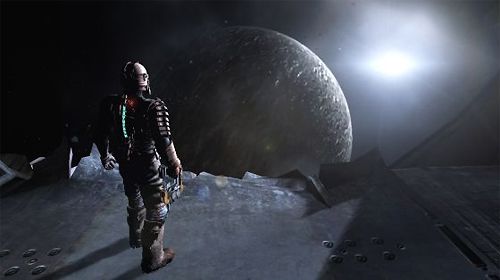
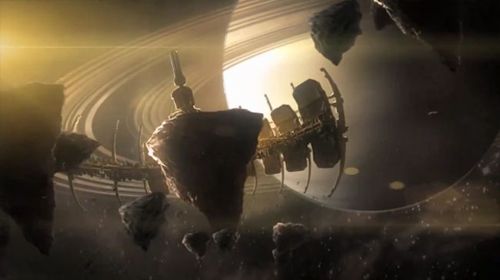
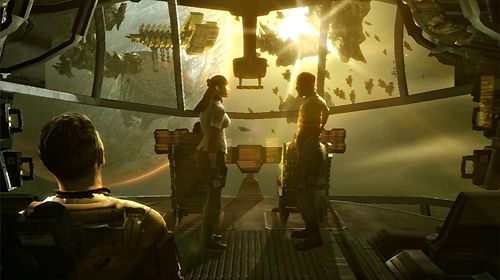
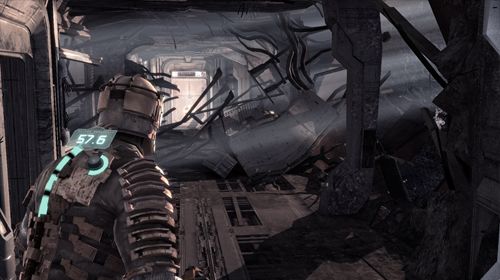
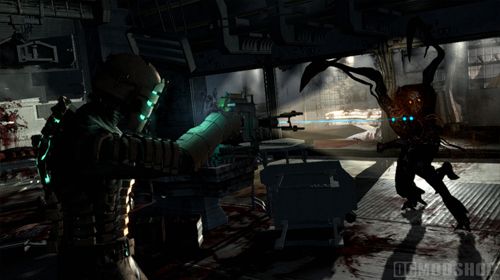
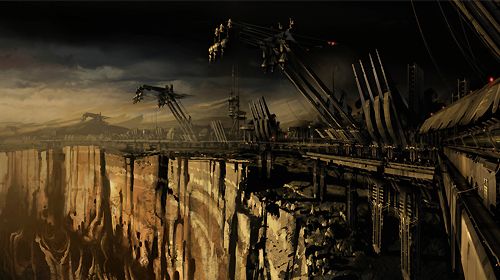
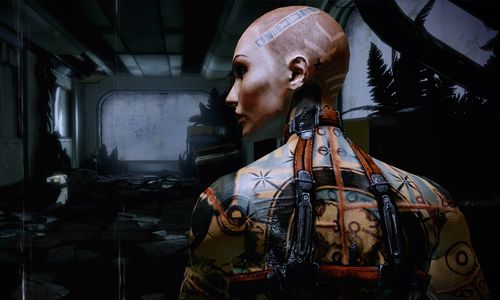
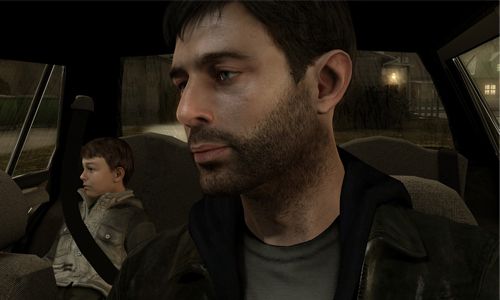
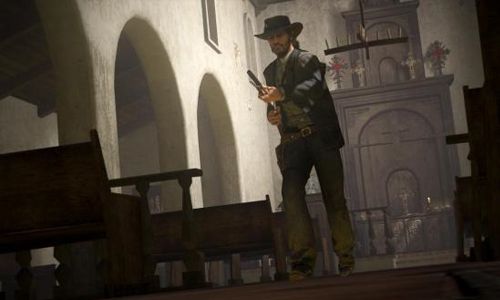
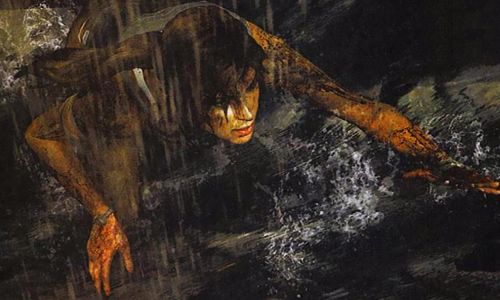
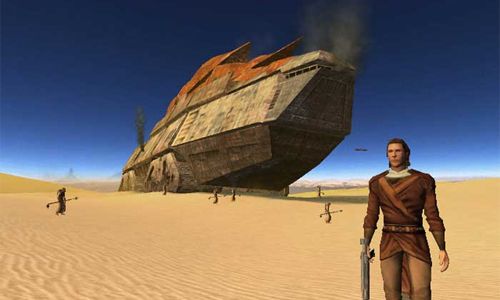
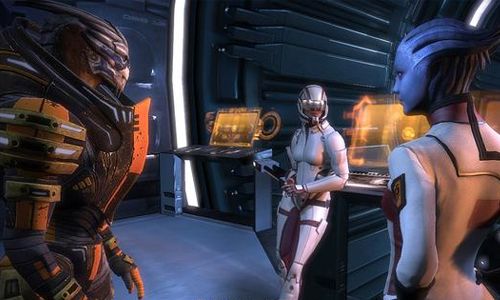
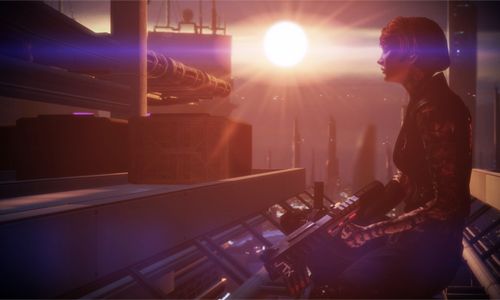
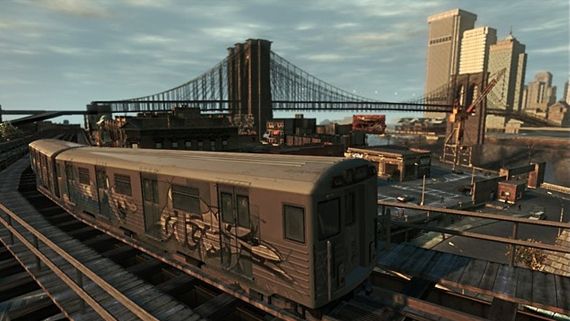

Log in to comment